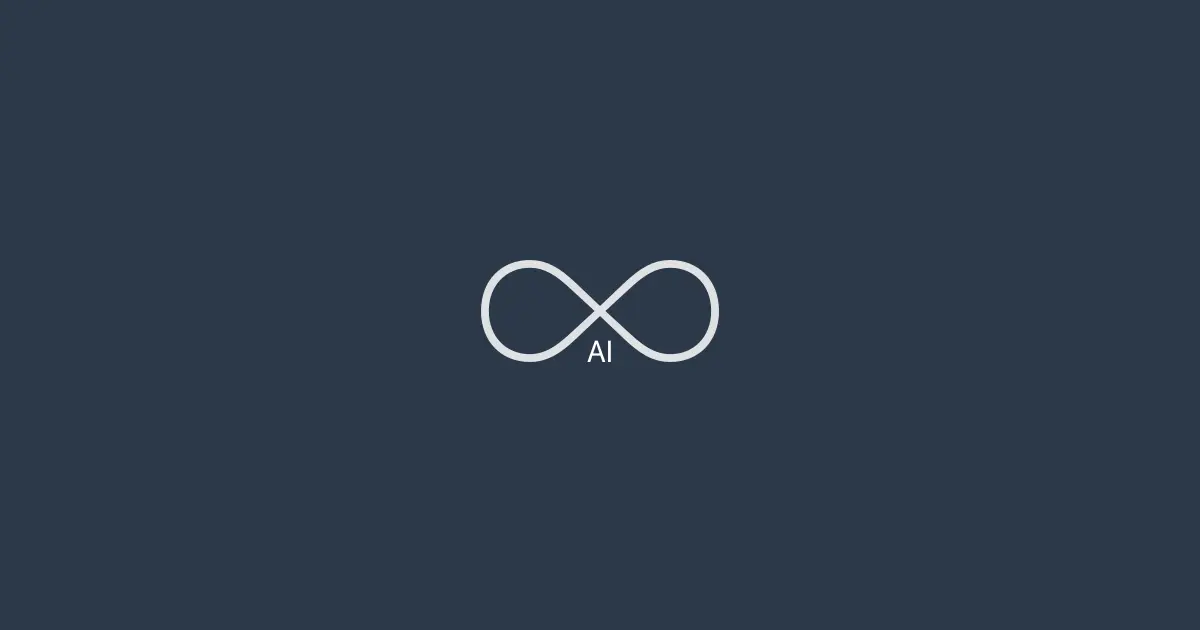Leveraging AI for Enhanced CI/CD Pipeline Efficiency
In the constantly evolving landscape of software development, efficiency and automation are the driving forces. One of the areas that has seen significant strides in this regard is the implementation of Continuous Integration and Continuous Delivery (CI/CD) pipelines. The integration of Artificial Intelligence (AI) in CI/CD has added another layer of automation and efficiency. In this post, we’ll explore how AI can streamline CI/CD pipelines, irrespective of the specific tools used.
CI/CD Pipelines: A Quick Recap
Continuous Integration (CI) is a practice that encourages developers to integrate their changes into a central repository frequently. Each check-in is then verified by an automated build, allowing teams to detect problems early. Continuous Delivery (CD), on the other hand, extends CI by ensuring that the code checked into the main repository is always in a deployable state.
How AI Can Enhance CI/CD Pipelines
Artificial Intelligence (AI) and Machine Learning (ML) are transforming a variety of industries and applications, and the area of software development, particularly Continuous Integration/Continuous Delivery (CI/CD) pipelines, is no exception. AI and ML can make these pipelines more efficient, proactive, and intelligent. Let’s delve deeper into the specific ways AI can enhance CI/CD pipelines.
Intelligent Error Prediction and Detection
Traditional CI/CD pipelines rely on developers or operations teams to monitor logs and identify errors. This is a time-consuming task and might not always catch problems before they impact the application’s performance. AI can be used to predict potential errors and bottlenecks before they occur.
Using historical data from the pipeline, Machine Learning algorithms can be trained to predict where failures are likely to occur based on patterns seen in past failures. This proactive approach can prevent many issues from becoming significant problems, reducing downtime and improving the overall reliability of the software.
In addition to predicting potential errors, AI can automate the process of error detection. By learning from previous builds and deployments, AI algorithms can scan logs for anomalies and automatically classify them into types of errors. This allows teams to address and fix issues faster and more accurately.
Test Optimization
Testing is a crucial phase in CI/CD pipelines, but not all tests are equal. Some are more likely to fail than others based on the changes made to the code. AI can help prioritize these tests, ensuring that the most critical tests are run first. This approach, known as risk-based testing, makes the testing process more efficient and allows teams to discover and fix bugs faster.
Additionally, AI can be used to automate the generation of test cases based on the changes made to the code. By learning from past tests and code changes, AI can predict which parts of the code are likely to be affected by a change and generate relevant test cases. This not only saves time but also leads to more comprehensive testing.
Pipeline Optimization
CI/CD pipelines often involve several stages, and it’s not always easy to determine which stages are causing bottlenecks. AI can analyze historical pipeline data to identify these bottlenecks and suggest improvements.
For example, AI could identify a stage where tasks are frequently queued and suggest parallelizing the tasks to reduce wait times. Or it might find a stage where the build often fails and suggest improving the error detection in that stage.
By leveraging AI, teams can take a data-driven approach to optimize their pipelines, focusing their efforts where they’ll have the most impact.
Automating Routine Tasks
AI can also automate many routine tasks in CI/CD pipelines, such as setting up environments, managing dependencies, and configuring servers. This not only reduces the workload for developers but also ensures that these tasks are done consistently and correctly, reducing the potential for human error.
Enhancing Decision Making
AI can provide actionable insights and recommendations to help teams make more informed decisions. For instance, by analyzing code changes and historical data, AI could predict the impact of a proposed change on the pipeline’s performance and reliability. This information can help teams make better decisions about when and how to implement changes.
Conclusion
The integration of AI into CI/CD pipelines has the potential to bring about significant improvements in terms of efficiency, reliability, and speed. From predicting and detecting errors to optimizing testing and pipeline performance, AI opens up a myriad of possibilities that are set to revolutionize the way we manage and optimize CI/CD pipelines. By integrating AI into CI/CD processes, we can transform them from being reactive to proactive, allowing teams to address potential issues before they become problems.
